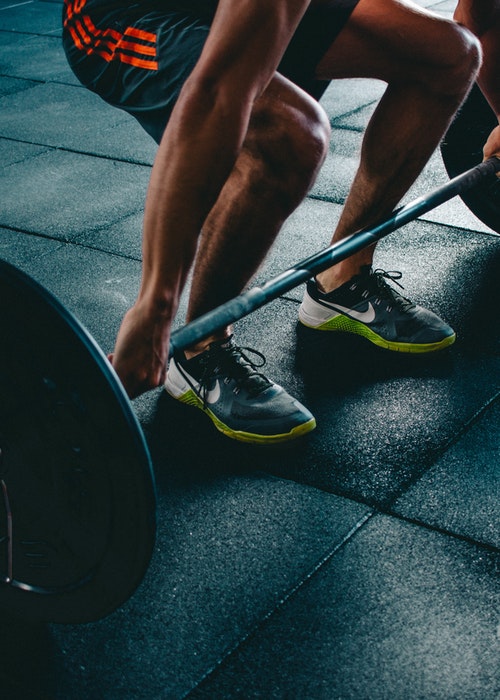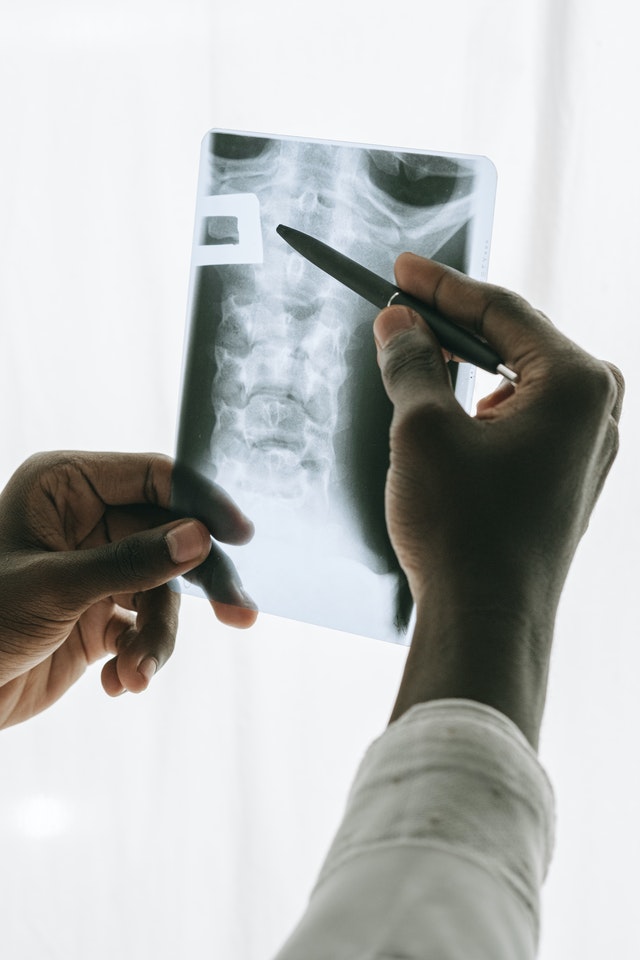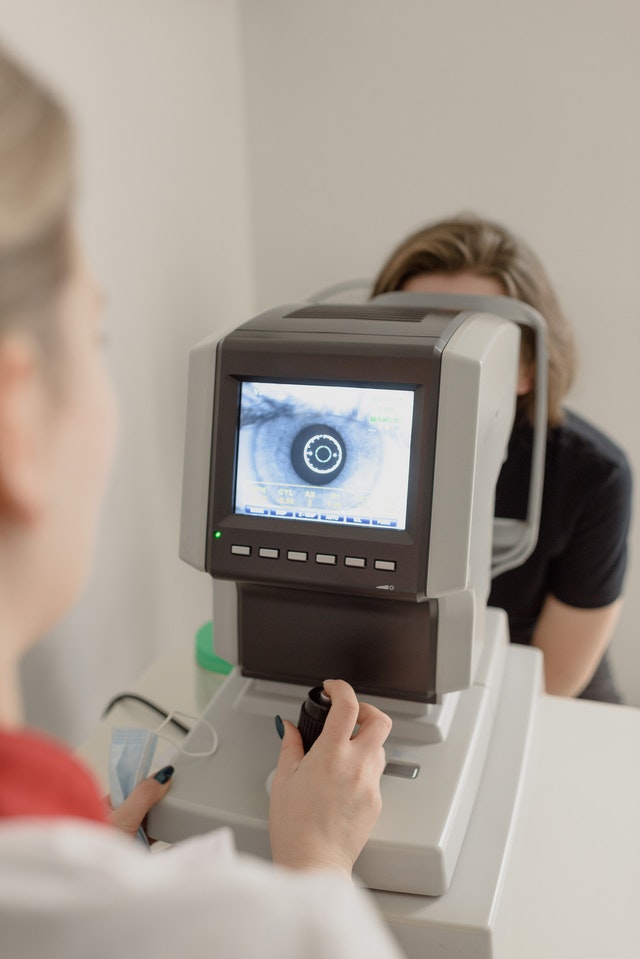Medical thermography becomes necessary when it’s evident that there are diseases someone is facing. Luckily, quality exercise can help prevent this. There are many different types of workouts out there, and it can be tough to find the right one for you. However, there are a few things that you can keep in mind that will help you choose the perfect workout routine.
First, think about what kind of results you want to achieve. Are you looking to lose weight? Build muscle? Improve your cardiovascular health? Once you know your goals, you can narrow down your search for the perfect workout. Despite the benefits of medical thermography, we prefer to avoid it if possible.
Next, consider your current fitness level. If you’re just starting out, it’s important to find a workout that isn’t too challenging or overwhelming. On the other hand, if you’re already fairly fit, you might want to look for a workout that pushes you a bit outside of your comfort zone.
Finally, think about your schedule and lifestyle. Do you have a lot of free time? Or are you always on the go? There are workouts that can be done in just a few minutes, as well as routines that require an hour or more. Choose a workout that fits into your life and schedule.
If you keep these things in mind, you’ll be sure to find the perfect workout for you. And once you find a routine that you love, stick with it! Regular exercise is one of the best things you can do for your health.
Muscle building workouts
When it comes to muscle building workouts, there are a few things you should keep in mind. First, you need to make sure that you’re challenging yourself. If you’re not pushing yourself hard enough, you won’t see any results.

Second, make sure that you’re eating enough protein. Protein is essential for muscle growth and repair, so you need to be sure to include it in your diet.
Third, focus on compound exercises. Compound exercises involve multiple muscles groups, and they are the best exercises for building muscle.
Fourth, rest and recover properly. Muscles don’t grow when you’re working out; they grow when you’re resting. So make sure you get plenty of sleep and give your muscles time to recover.
If you keep these things in mind, you’ll be on your way to building the muscles you want. Remember, it takes time and consistency to see results, so don’t get discouraged if you don’t see results right away. Stick with it, and you’ll eventually see the results you’re looking for.
Bodybuilder workouts
There are many different bodybuilder workouts that can help you achieve the physique you desire. One popular workout routine is called the “5×5 workout.” This routine involves lifting a weight five times, for five reps each, with a brief break in between each set.

Another common bodybuilding routine is the “split routine.” This approach involves splitting up the muscles groups in your body and working them out on different days. For example, you might work your chest and triceps on one day, your back and biceps on another day, and your legs on a third day.
Whichever bodybuilder workout routine you choose, be sure to focus on lifting heavy weights and using proper form. Lift slowly and controlled, and always use a spotter when necessary. With dedication and hard work, you can achieve the body of your dreams!
5 fullbody workouts you can do at home with no equipment
1. Burpees – This total body workout is a great way to get your heart rate up and burn some calories. Start in a standing position, then squat down and place your hands on the floor in front of you. Jump your feet back to a plank position, then jump them back up to your hands. Immediately jump up into the air and clap your hands overhead. Repeat this move for as many reps as you can.
2. Mountain Climbers – This cardio exercise is a great way to get your heart rate up and sculpt your abs. Start in a plank position, then bring one knee in towards your chest. Quickly switch legs and bring the other knee in towards your chest. Keep your core engaged and continue alternating legs for 30-60 seconds.
3. Jumping Jacks – This simple move is a great way to get your heart rate up and work your entire body. Start with your feet together and your hands at your sides, then jump out to the side and raise your arms overhead. Jump back to the starting position and repeat for 20-30 reps.
4. Crunches – This basic abs exercise is a great way to sculpt your midsection. Lie on your back on the floor and place your hands behind your head. Bring your knees in towards your chest, then curl up off the floor and crunch forward. Hold for a second, then release and lower back to the starting position. Repeat for 20-30 reps.
5. Squats – This lower body move is a great way to work your legs and butt. Start with your feet shoulder-width apart and your hands at your sides, then lower down into a squat position. Make sure to keep your knees behind your toes and your chest up as you lower down. Hold for a second, then press back up to the starting position. Repeat for 15-20 reps.
15 Cardio Workouts
1. Running: Running is a great cardio workout because it’s simple, easy to do, and doesn’t require any special equipment. Just put on your sneakers and go!
2. Cycling: Cycling is another great option for a cardio workout. It’s low impact, which makes it good for people with joint problems, and can be done indoors or outdoors.
3. Swimming: Swimming is a great exercise for people of all fitness levels. It’s gentle on the joints, and you can swim at any speed you want.
4. Elliptical: The elliptical is a popular piece of cardio equipment because it’s easy on the joints and provides a good cardiovascular workout.
5. Jumping Rope: Jumping rope is a great way to get your heart rate up and burn calories. It’s also a good way to improve your coordination and agility.
6. Stair Climbing: Stair climbing is a great way to get in a cardio workout without leaving the comfort of your home.
7. Rowing Machine: The rowing machine provides a total body cardiovascular workout. It’s also low impact, making it a good choice for people with joint problems.
8. Treadmill: The treadmill is one of the most popular pieces of cardio equipment because it’s easy to use and can be tailored to any fitness level.
9. Walking: Walking is a simple and easy-to-do cardio exercise that just about anyone can do. It’s also low impact, making it a good choice for people with joint problems.
10. HIIT: High-intensity interval training is a great way to get in a cardio workout while burning a lot of calories. It’s also been shown to be more effective than traditional cardio in terms of fat loss.
11. Kickboxing: Kickboxing is a great cardio workout that also provides a full-body strength workout. It’s an excellent way to burn calories and get in shape.
12. Step Aerobics: Step aerobics is a classic cardio workout that’s still popular today. It’s easy on the joints and can be done at any intensity level.
13. Zumba: Zumba is a fun and energetic cardio workout that’s based on Latin dance movements. It’s a great way to burn calories and get your heart rate up.
14. Pilates: Pilates is a great workout for people of all fitness levels. It’s low impact and can be done at any intensity level, making it a good choice for people with joint problems.
15. Yoga: Yoga is an excellent workout for people of all fitness levels. It’s gentle on the joints, and can help improve flexibility, balance, and muscle strength.
When you exercise regularly, you avoid many of the ailments that most people face and may never need to use medical thermography at all. Prevention is always the best cure.



